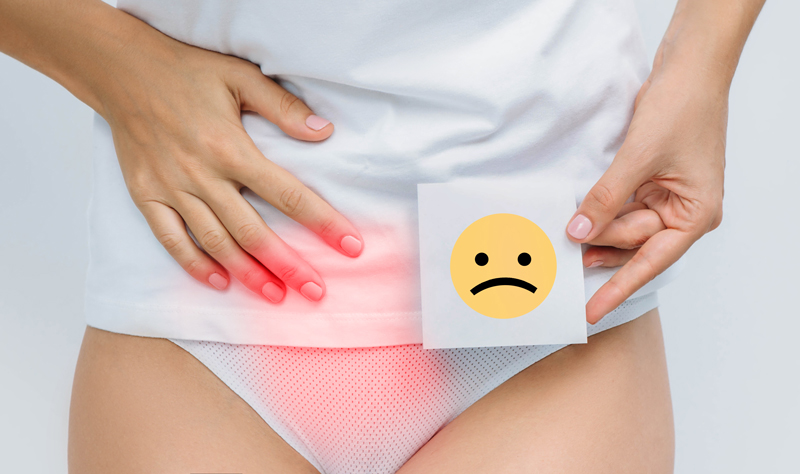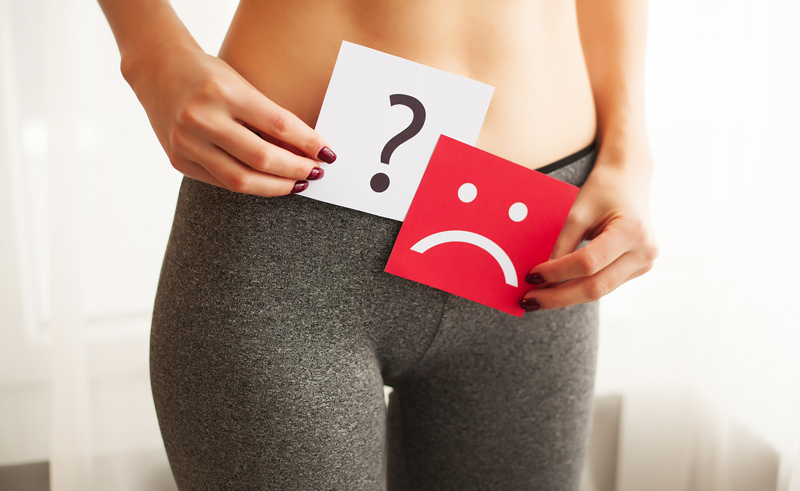Menstrual cramps (dysmenorrhea) are throbbing or cramping pains in the lower abdomen. Many women have menstrual cramps just before and during their menstrual periods. For some women, the discomfort is merely annoying.
Menstrual cramps also affect many people before and during a menstrual period.

The pain, also known as dysmenorrhea or period pain, ranges from dull and bothersome to severe and extreme. Menstrual cramps tend to begin after ovulation when the ovaries release an egg that travels down the fallopian tube.
Pain can affect the lower abdomen and lower back. In about 10% of people who menstruate, the discomfort is severe enough to affect their daily life for 1–3 days each month.
Pain that only occurs with menstruation is known as primary dysmenorrhea. Secondary dysmenorrhea is period pain that stems from a medical problem, such as endometriosis, uterine fibroids, or pelvic inflammatory disease.
Symptoms
Menstrual cramps usually refer to a dull, throbbing, cramping pain in the lower abdomen, just above the pelvic bone.
Other symptoms may include:
pain in the lower back and thighs
nausea and vomiting
sweating
faintness and dizziness
diarrhoea or loose stools
constipation
bloating
headachesPeople should see a doctor if:
the symptoms are severe or get progressively worse
blood clots are bigger than a quarter
pain is present at other times, not just around menstruationTreatment
Over-the-counter pain relievers are often effective in easing menstrual cramps. Nonsteroidal anti-inflammatory drugs (NSAIDs), such as ibuprofen, can often relieve the pain.
Manufacturers have created some products specifically for menstrual cramps. These combine NSAIDs and antiprostaglandins, and they can reduce cramping in the uterus, lighten the flow of blood, and relieve discomfort.
In some cases, a doctor may prescribe hormonal birth control pills to prevent ovulation and reduce the severity of menstrual cramps. These pills work by thinning the lining of the uterus, where the prostaglandins form, which can reduce cramping and bleeding.
Other types of hormonal birth control, including some intrauterine devices (IUDs), vaginal rings, patches, and injections, can all help decrease cramping.
If the cramps are due to an underlying medical condition, such as endometriosis or fibroids, a doctor may recommend surgery to remove the unwanted tissue.
Here, learn more about the options for birth control pills.
Prevention
People can also try certain lifestyle measures to reduce cramping. These include:
exercising regularly
trying to reduce stress — for example, practising meditation, mindfulness, or yoga
quitting smoking, if a smoker, or avoiding secondhand smokeYoga or acupuncture may help, but more research is necessary to confirm their benefits.
Home remedies
Some natural remedies that may provide relief are:
applying a heating pad to the lower abdomen
practising relaxation and mindfulness techniques
engaging in physical exercises, such as jogging or yoga
taking a warm bath or shower
having a massage
using transcutaneous electrical nerve stimulation (TENS)Herbal remedies
Various herbal teas and other herbal remedies may help manage symptoms, although research has not yet proven that they can help.
Chamomile tea
According to a 2019 review; chamomile tea has antispasmodic, anti-inflammatory, sedative, and antianxiety properties that may make it useful in treating premenstrual syndrome (PMS), including cramps.
Chinese herbal medicines
A review from 2008 also concluded that treatment with Chinese herbal medicines might help reduce menstrual cramps. The herbs varied but included Chinese angelica root, Szechuan lovage root, and red and white peony roots.
Credit: MedicalNewsToday.com

